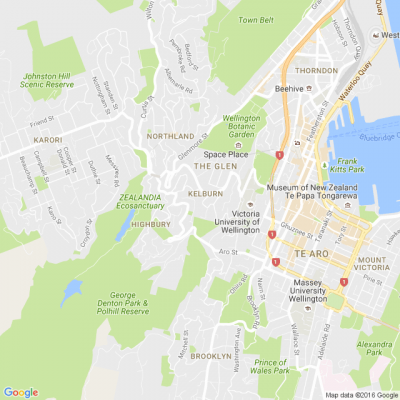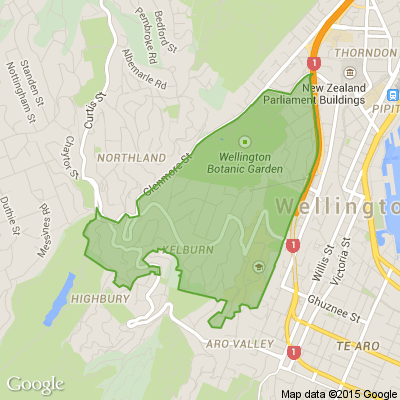How Curtain Linings Work
Windows play a major role in controlling the temperature within a home. During winter it is easy to lose heat, and in summer it is easy to overheat a home if windows are not appropriately covered. Lining is a cost-effective addition to help protect your curtain fabric, while providing some added insulation for the home, reducing window heat loss by 40-60% when closed. Working all year round, lined drapery is an important tool in creating a thermal insulation barrier. Lined curtains have an added lining layer on the back of the curtain which can be attached to the curtain or can be hung on a separate track behind the curtain.
Linings help your window furnishings last longer: With a good quality lining, your chosen curtain fabric is shielded from the harsh UV rays of the sun, preventing your fabric from fading.
Linings provide added privacy: A lot of fabrics are only somewhat private, especially at night. Adding a lining to your window furnishings will increase the opacity of the treatment, ensuring complete privacy.
Linings provide increased insulation: Insulated linings trap air in and between the layers of fabric, preventing the heat in your homes escaping out the windows, and offering significant savings on your energy bill.
Linings can provide light control: Ideal for bedrooms and media rooms, block-out linings allows you to block light coming through a window and keep your rooms dark in the middle of the day.
Linings improve the appearance of window furnishings: The colours of your chosen fabric can appear richer when a lining is placed behind them. Without a lining, sunlight coming through a fabric can make the colours appear washed out during the day.
Call us or your local Curtain makers to discuss adding a lining to your current curtains.
Create a Stunning Stain Feature Wall with Resene Colorwood
Transform your living room into a work of art with Resene Colorwood wood stains. Find out how to create your own stain feature wall with these easy step by step instructions.

Scam Alert: Fake information regarding December Bonuses from MSD
The Ministry of Social Development is reporting that fake information is circulating about new ‘December bonuses’ or ‘benefit increases’
If you get suspicious communication, please contact Netsafe.










 Loading…
Loading…










